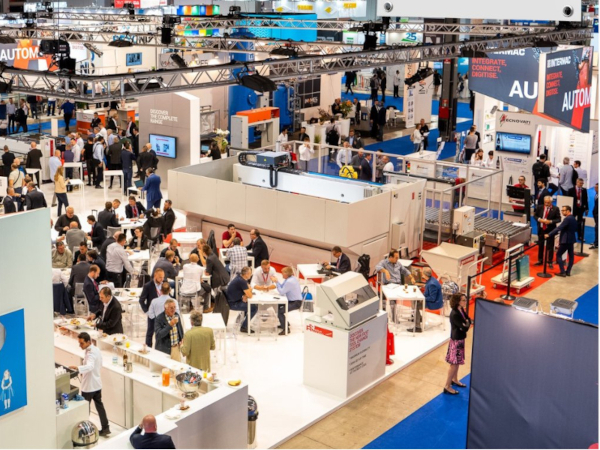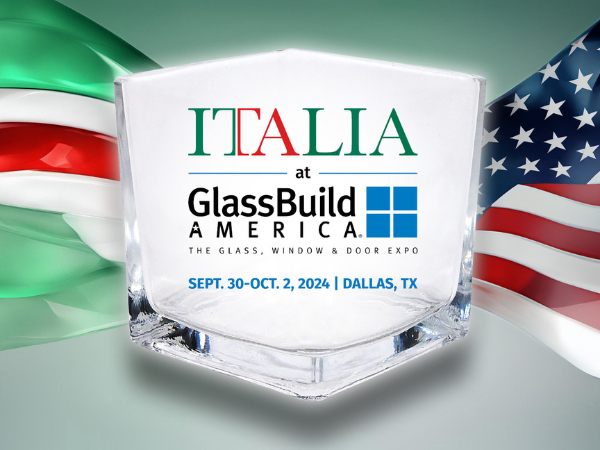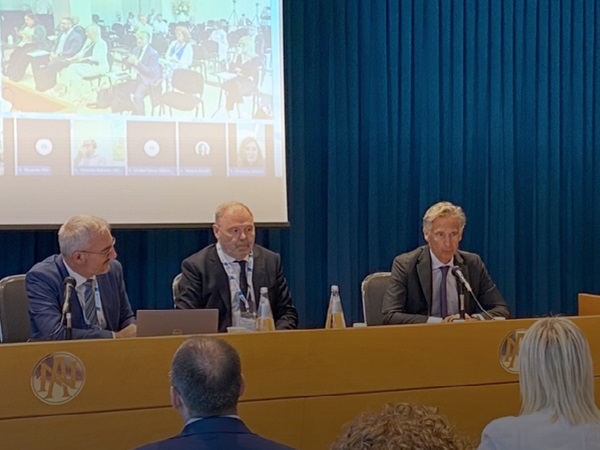Date: 9 April 2012
It’s true that the beating we all took in 2008/2009 has taken a long time to heal, but growth over the last two year is turning out to be much more than a flash in the pan. Overall production rose by 13.2% in 2010 over 2009, and another 12.2% in 2011. As we know, most of the credit goes to exports, which shot up by 15.8% in 2010 and 16.4% in 2011, while domestic consumption, even though it posted a promising +8% in 2010, slowed to a trickle last year, for a more modest 3.5% gain. It’s true, however, that the recovery of pre-2009 positions is relentlessly moving ahead..jpg)
Although we are still waiting for substantiation from official data, the situation in the glass industry bears a convincing resemblance, one that can be conveniently surmised by taking into account indications derived directly from the market -- from the companies that make up the industry -- and in our case, that means Gimav members..jpg)
The first consideration to keep in mind is that the domestic market, and by this we mean not only the Italian market but also that of the Euro zone, seems to be at a standstill, paralyzed by a financial crisis that has only shown signs in the first few months of 2012 that it might be slacking off.
On the other hand, the international markets are humming, even though, obviously, there are differences between the various economies. The first to agree is Michele Gusti, President of Gimav’s hollow glass section: “Those who are globally active quickly come to realize that the crisis is European, not global. We can say that there’s a feeling of optimism for the hollow glass industry; coverage for 2012 is excellent and we are already working on 2013. Business is thriving, especially in Russia, India, China and North Africa, and we are working under more elastic conditions, which means we can offer our customers machines with varying degrees of technological complexity, in order to avoid creating operating issues during the production or maintenance processes.”
The flat glass sector is also enjoying similar prospects for the future. The situation seems to have improved considerably, compared to 2009, and machine sales are doing well, supported, for the most part, by exports. “However, to all effects, exports toward Europe are at a standstill, between the highs and lows that, in the end, average out to very limited gains. The only exception is England, which felt the bite of the crisis before the rest of Europe and now is the first one to make its way out – acknowledges Cinzia Schiatti, President of Gimav – Exports to South America are doing well. Naturally, the entire area is driven by Brazil, but Argentina is also performing admirably (despite serious customs issues which are still a problem). Peru has also shown an encouraging appreciation for European products. China is a machine that never stops, and India still holds a lot of appeal, even though it pays the price of the slowness and backwardness of its social structure. Even Russia could offer some satisfaction, but the structure of its credit/finance system does not allow for widespread investments. On the whole, however, the prospects for 2012 are positive, we’re optimistic.”







Add new comment